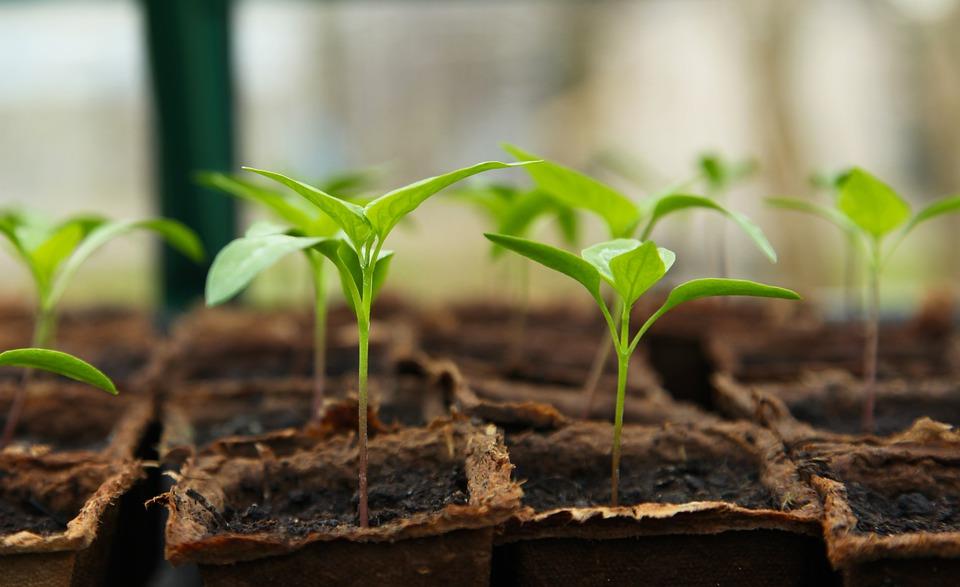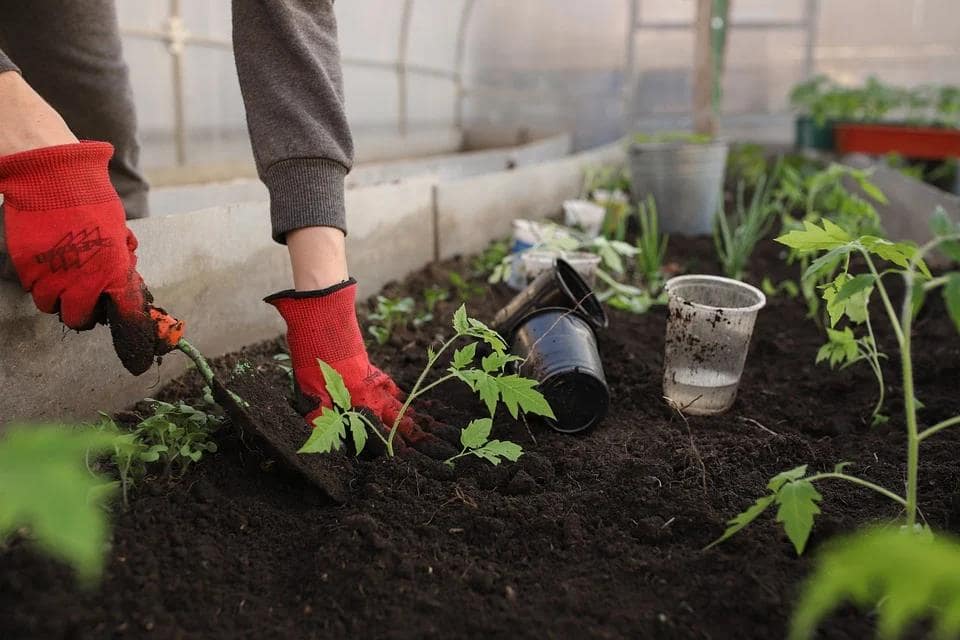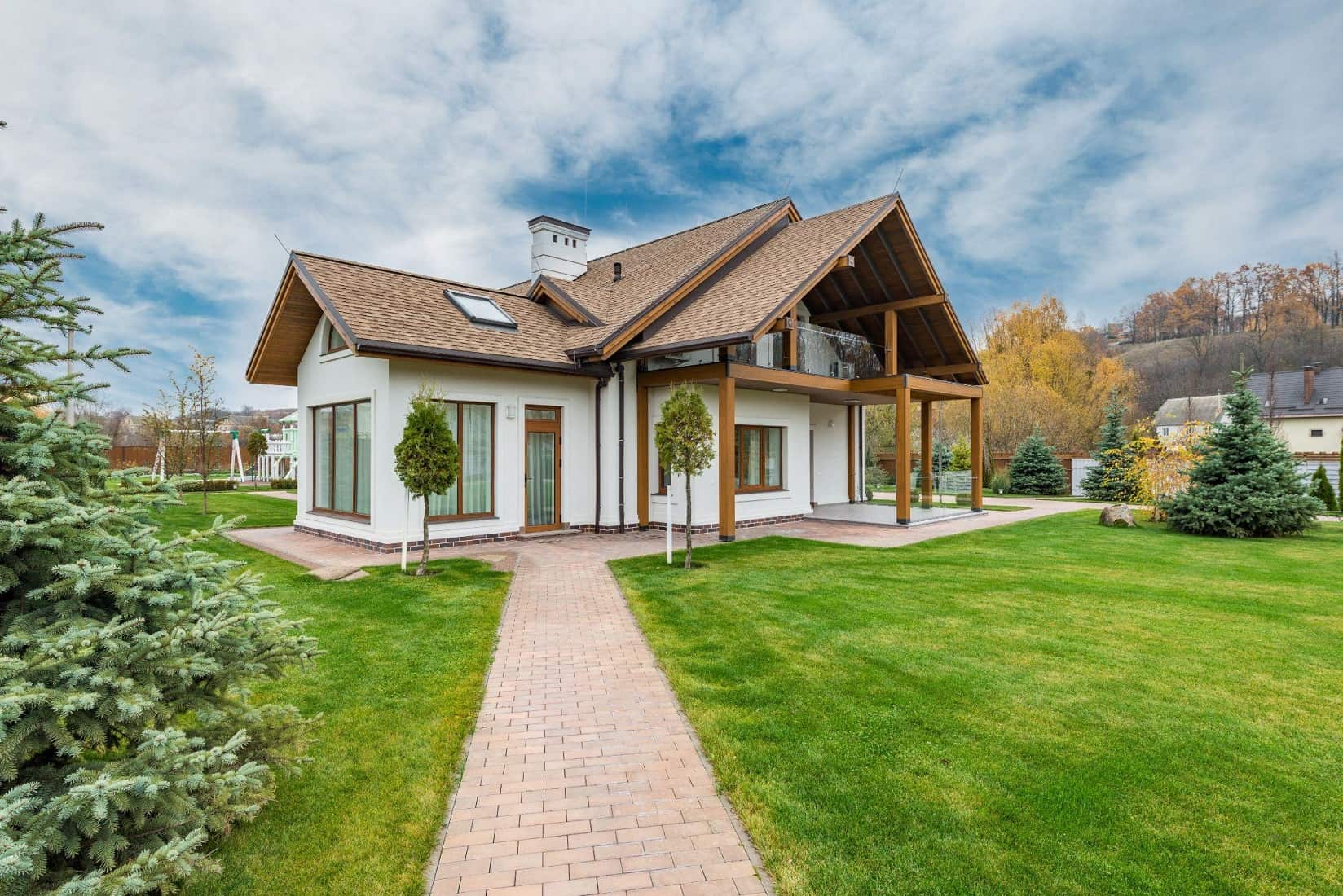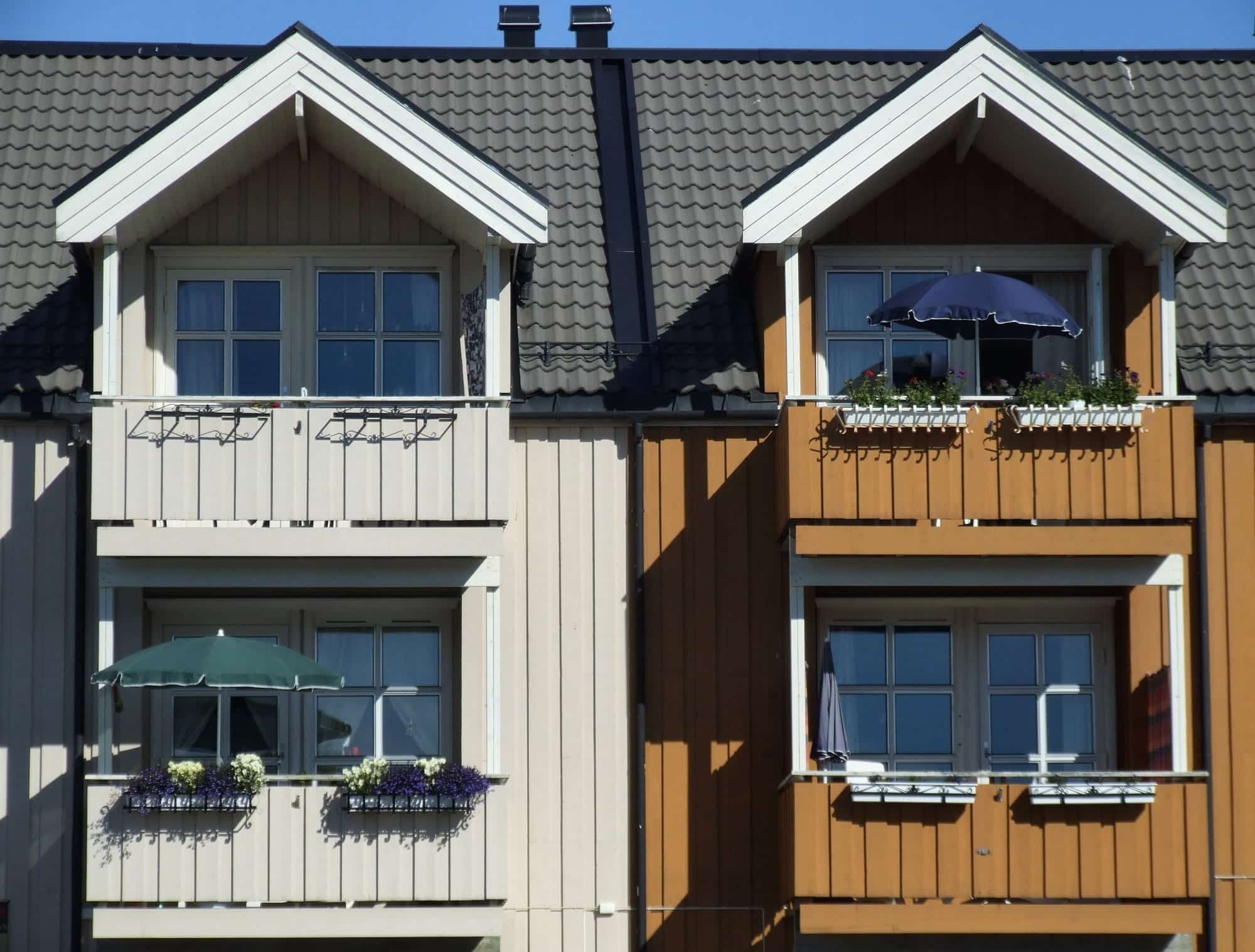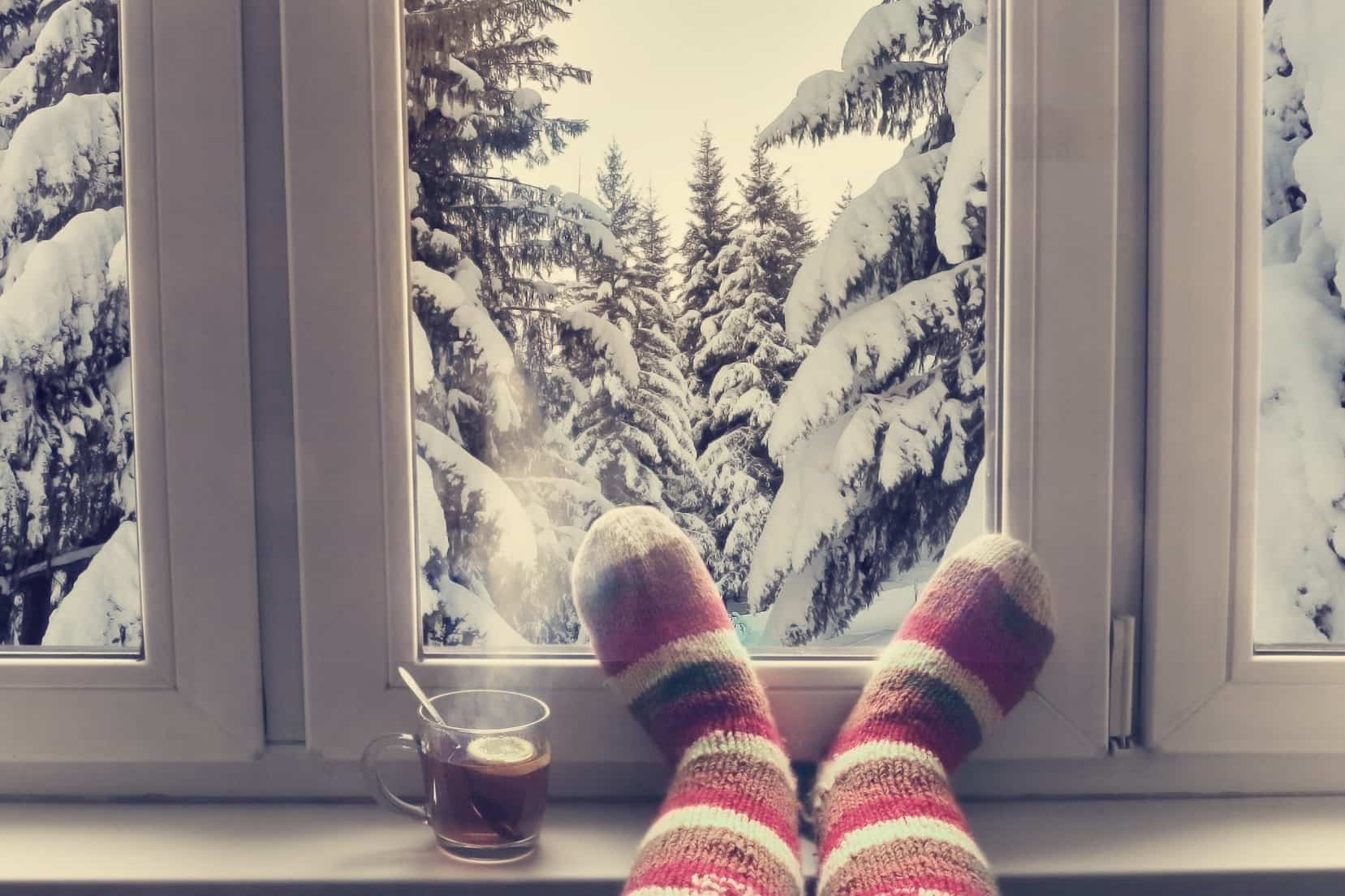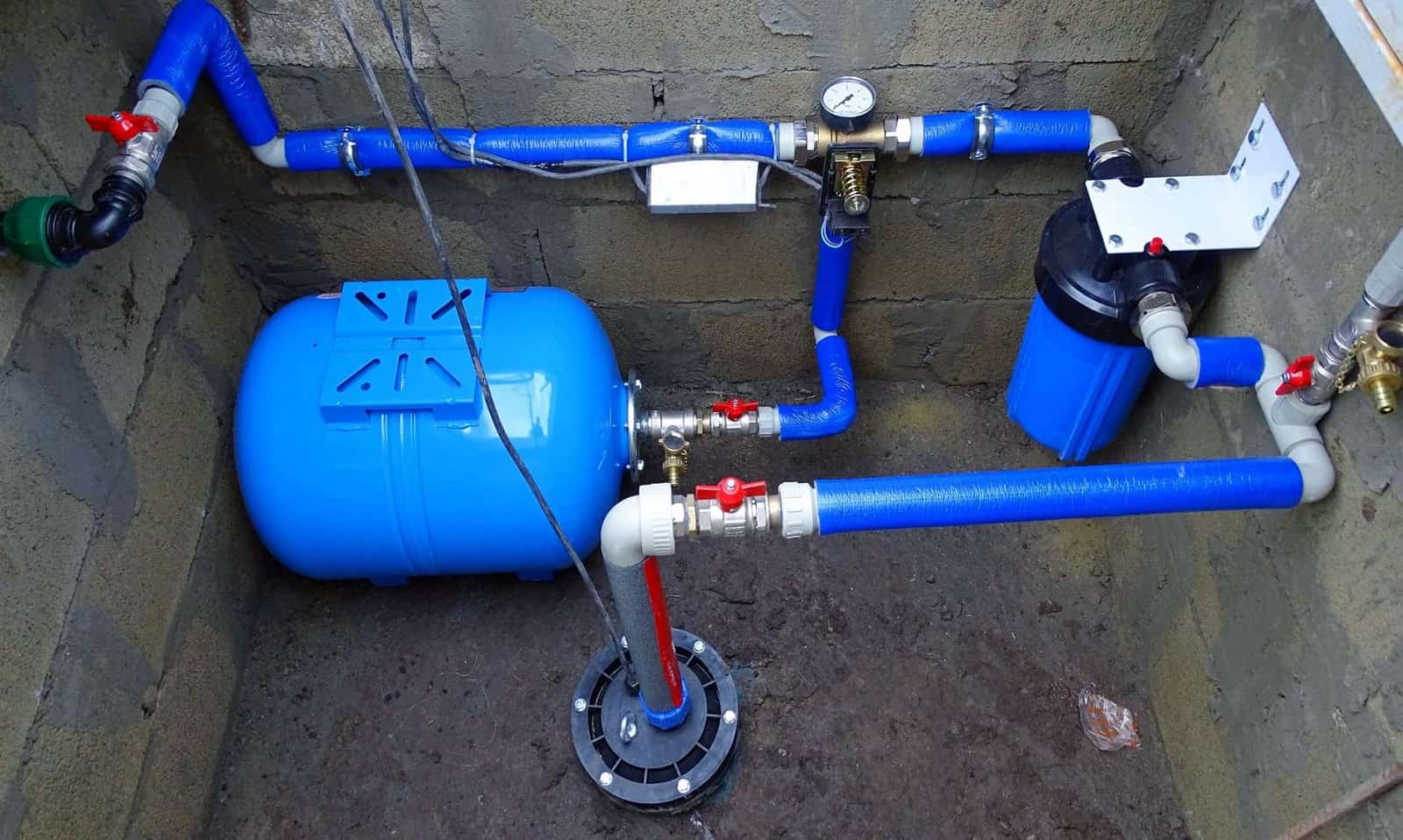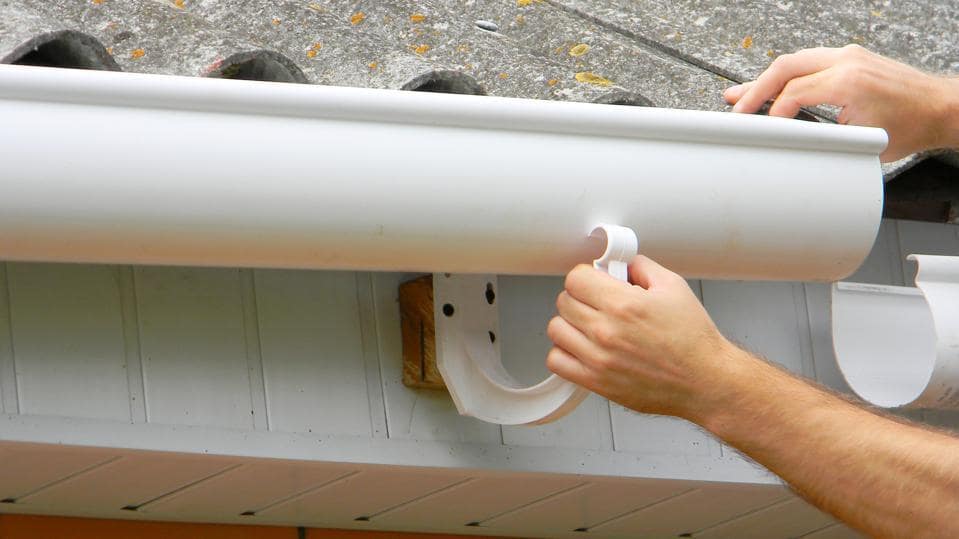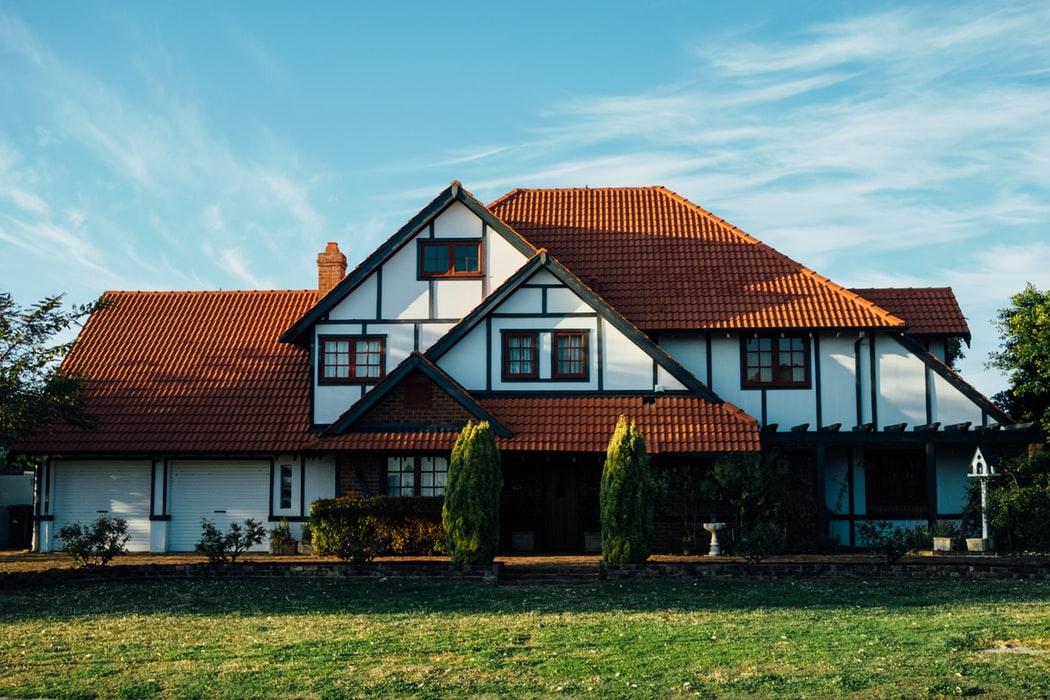There is no one-size-fits-all approach when it comes to choosing the right plants for your garden. The best way to make a selection is by considering the climate, the size of your garden, and what you’re looking for in a plant. Some great types of plants to choose from would include bellflowers, artemisias, and more! Continue reading to find out what the best choices are for your garden.
1. Choosing the Right Plants Based on Climate
If you live in a region that has mild winters, you could choose plants that are native to your area. If you live in an area that experiences cold winters, garden plants should be chosen based on their ability to withstand frosty conditions. If you live in an area that experiences hot summers, choose plants that can survive with very little water. After choosing your climate, it’s easy to decide on which types of garden plants would best suit your needs! To find out more about the various plants and conditions they thrive in, visit https://www.urbanorganicyield.com. We offer tips on gardening, landscaping, different plant types, and other relevant information you need to start growing your own garden.
Also, when it comes to choosing plants based on climate, it is important to consider how climate change might impact your region’s conditions. It is important to be up-to-date with information on what to expect in the future based on present-day trends, and how our changing climate will impact the plants best suited for certain areas.
2. Choosing Plants Based on Garden Size
Whether your garden is large or small, it’s important to choose plants that can grow and thrive in its environment. If you have a small garden, you might consider growing smaller flowering plants or even vegetables such as tomatoes, peppers, and eggplants. In larger gardens, it is possible to fit in larger shrubs or ornamental trees which require more space for their roots to grow and provide shade, as well as a gorgeous focal point.
3. Look for Plants that Offer Something Different, Like Color or Texture
Not all plants are the same. Some of them might offer something like color or texture that you wouldn’t be able to get otherwise. For example, a spiky plant might add a nice pop to your garden, or dark green foliage would add a nice contrast in a bright garden. It is fun to choose plants that complement those that are native to your area and make sure you water them appropriately. When choosing plants, it is also important to consider the style and form of the plant as well as how they will grow in your climate.
4. Choose Plants Based on Their Growing Conditions
Choose plants that are suitable for the area in which you want to plant them, taking into account water requirements and whether they can survive in full shade or require sun exposure. Be sure to choose plants that are appropriate for your type of soil, and plant them at the right depth. Some plants might need to be fertilized more than others, so make sure you know what kind of fertilizer they would need before planting. After you’ve chosen the right climate, garden size, and type of plant for your needs, it is fun to include unique plants that would look nice in your garden or complement existing plants.
5. Remember to Research the Needs of each Plant before You Buy It!
- When picking plants, consider whether they will thrive in this climate and make sure they get enough water if they require it. Some good choices would be alliums, artemisias, asters, bellflowers, and more.
- Choose plants that are appropriate for your type of soil as well as how they will grow in full shade or require sun exposure. Be careful to plant them at the right depth.
- It is important to know whether the plants you plan on growing are available as annuals, perennials, or shrubs. For example, some plants grow best vertically while others spread horizontally.
- Be sure to pick the right spot for your garden! You will have to think about how much sunlight each plant needs, whether they require full shade or partial sun, and if they prefer dry soil or moist soil.
Choosing the right plants for your garden can be challenging. There are many factors to consider, like climate and size of the garden. That’s why it’s important to know what you’re looking for in a plant before deciding on which one might be best for your needs. Some great types of plants include alliums, artemisias, bellflowers, and more! If choosing between different varieties is proving difficult, ask us about our free consultation service that will help you find the perfect match based on your specific needs or preferences.

